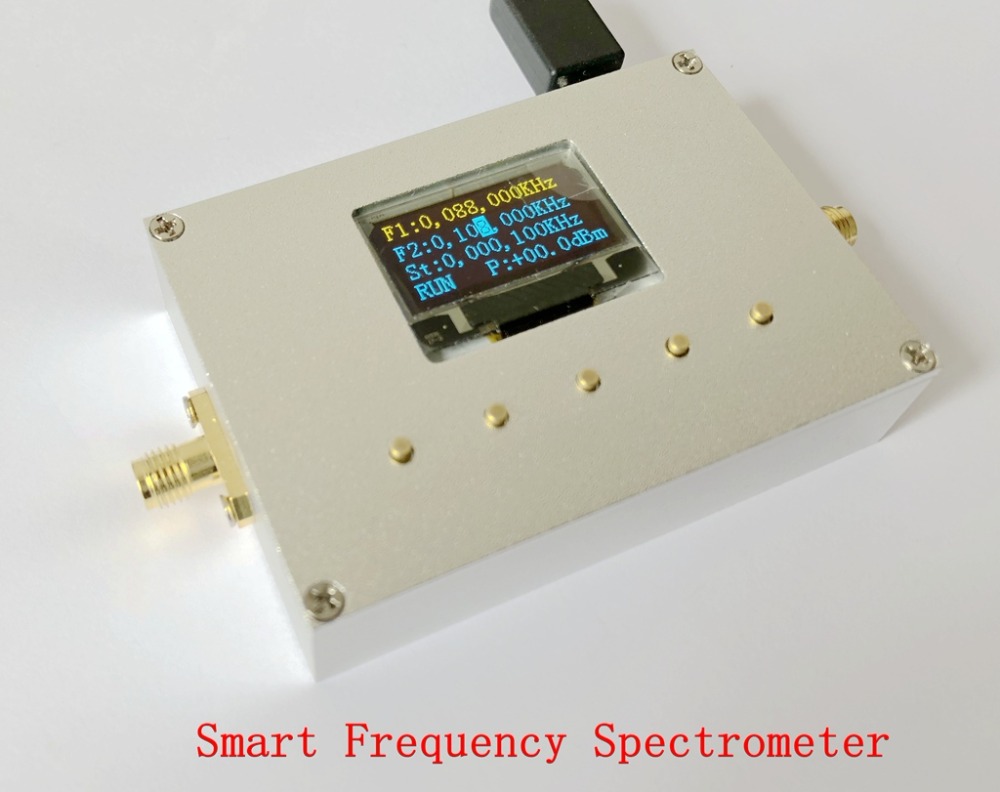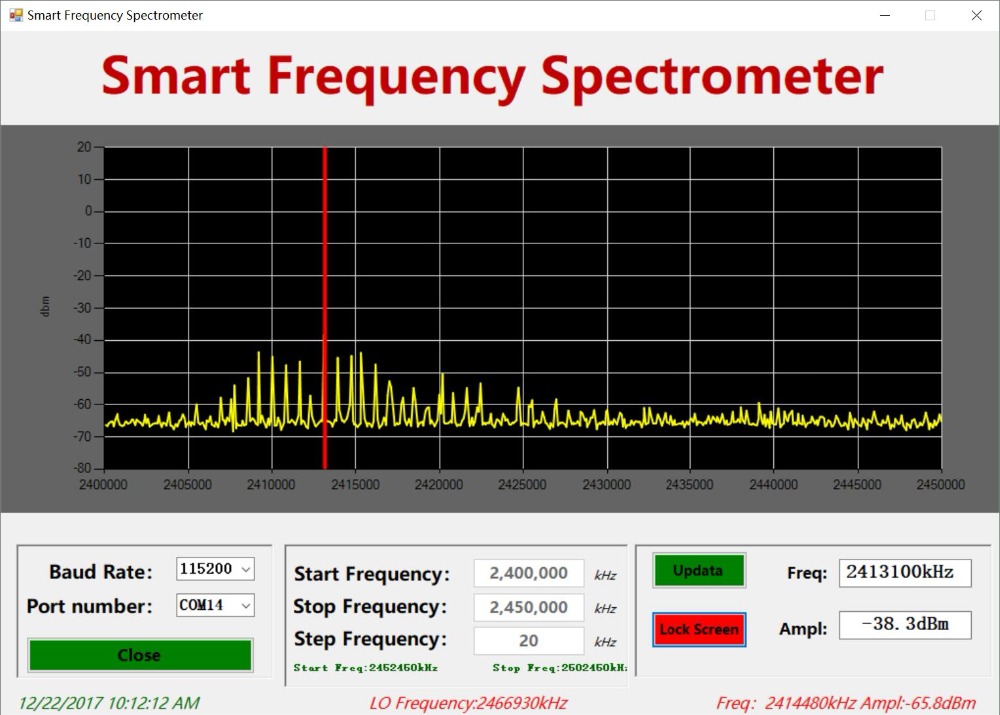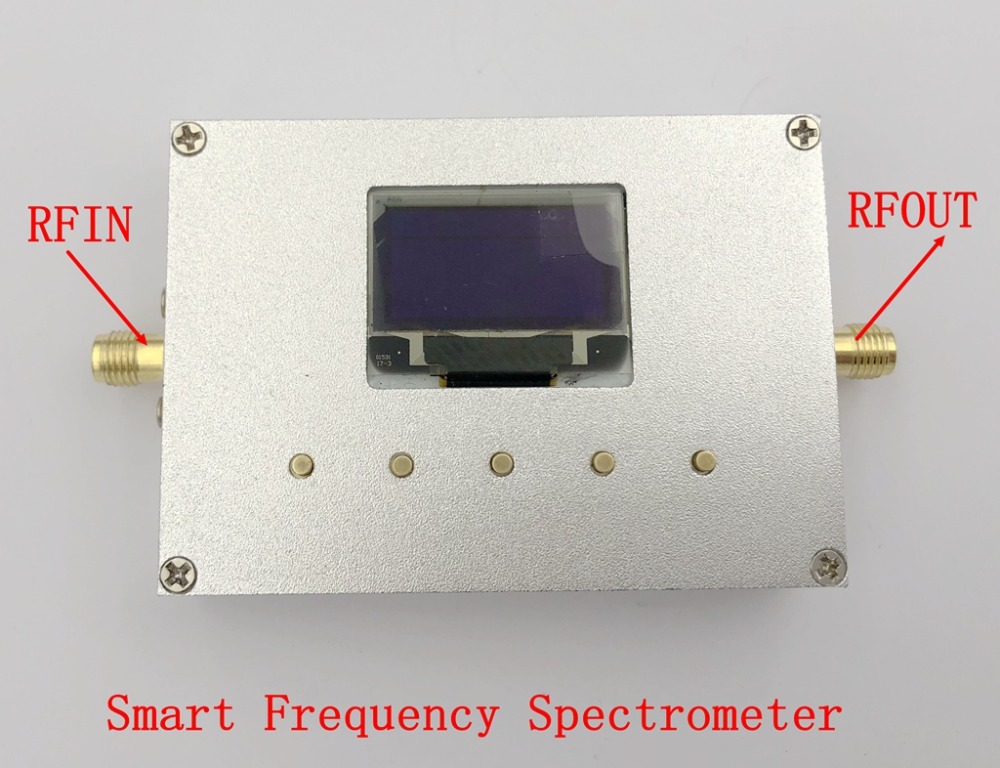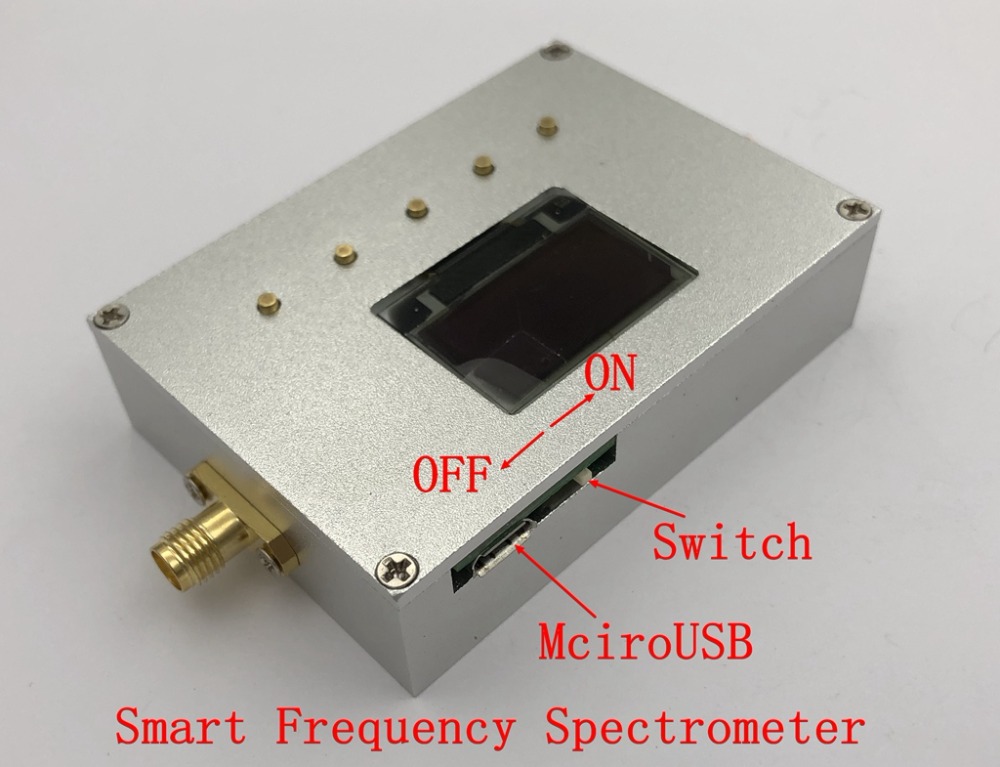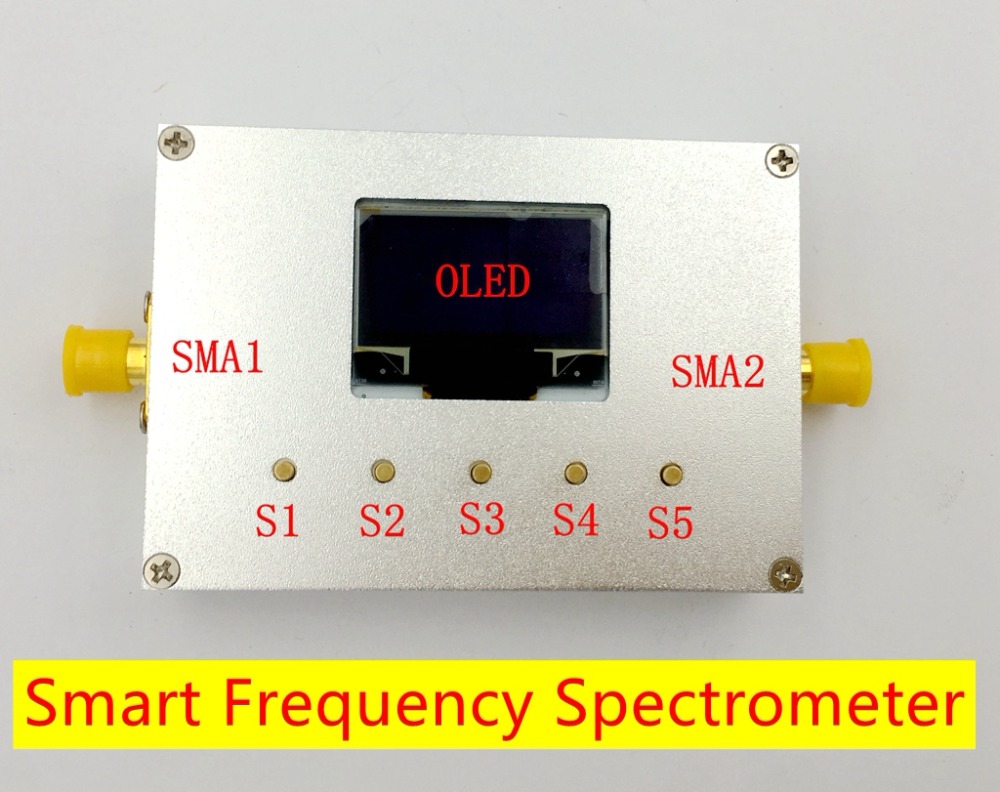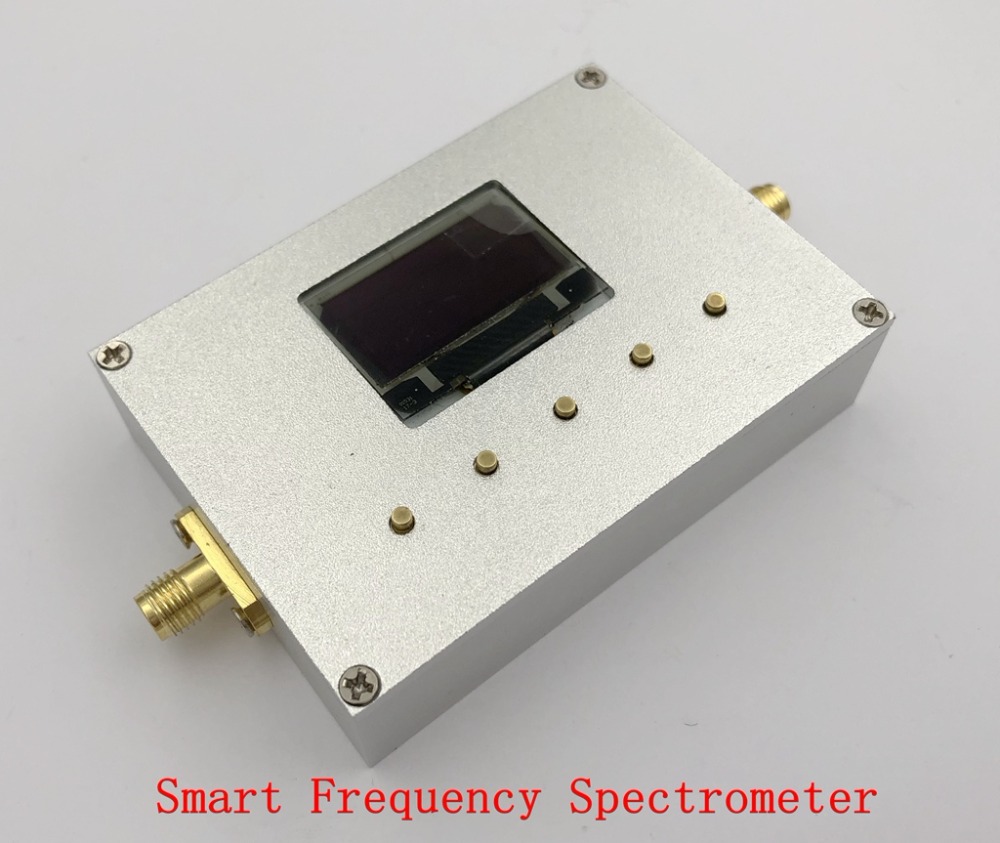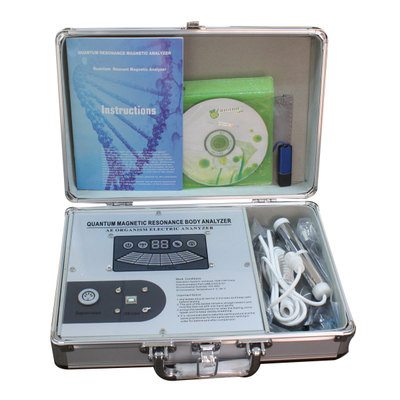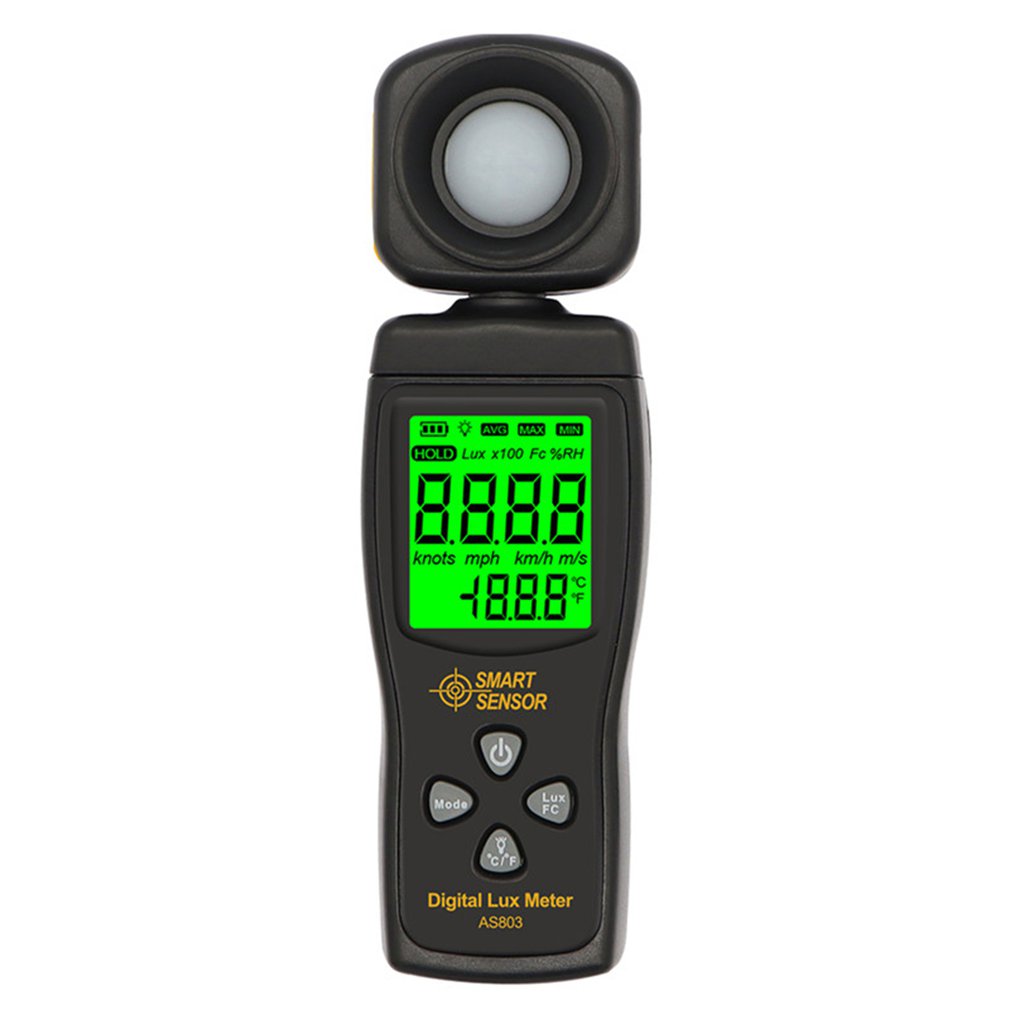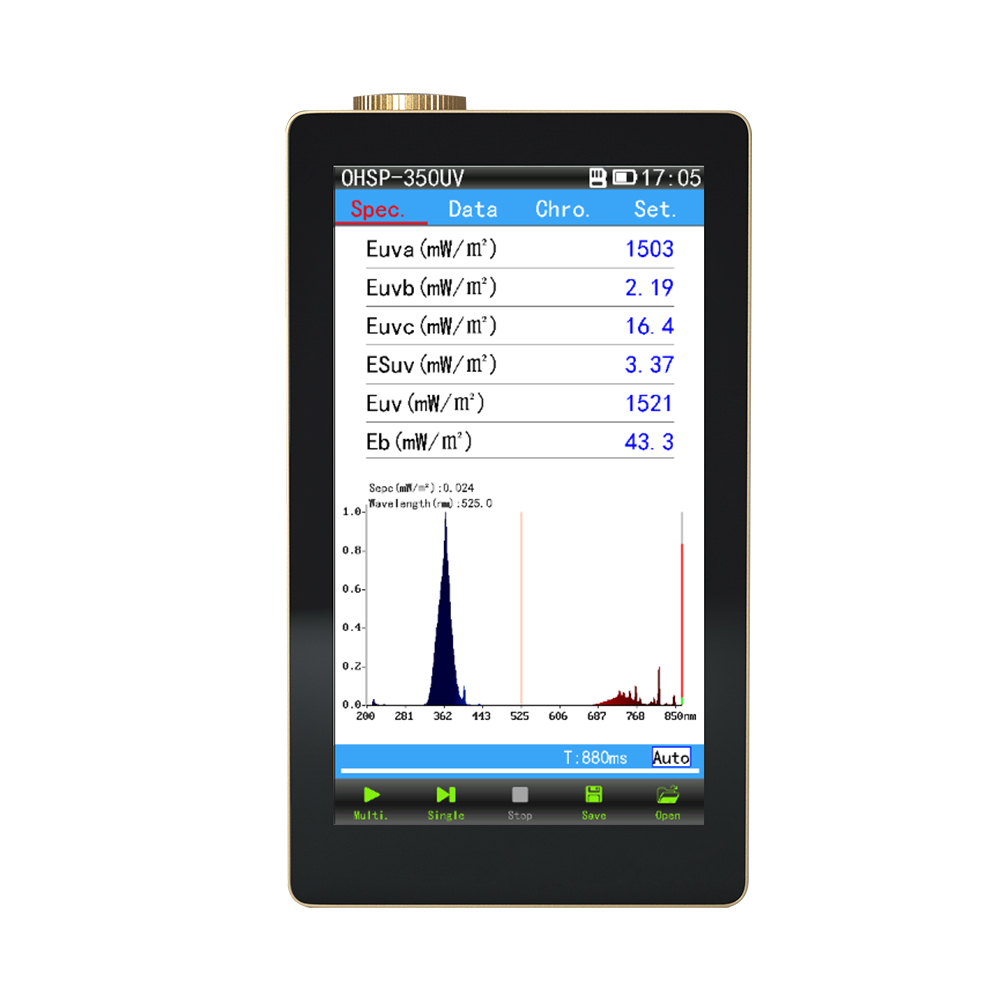Description
- Brand Name: Barry Century
- DIY Supplies: ELECTRICAL
- Display Size: 2.9 Inches & Under
- Interface: USB
- Average Noise Level: -150dBm & Above
- Model Number: spectrum analyzer
- Spectrum Analyzer: Simple spectrum analyzer
- Handheld spectrum analyzer: With RF power meter
- tools: Spectrum tester
- spectrum analyzer: swr meter
- antenna analyzer: spectrum
- analizador de espectro: audio level meter
- explorer: swr
- tuning fork: audio spectrum analyzer
- specdrums: analyseur de spectre
- analizzatore spettro: rf explorer
- audio spectrum: sinyal kesici
- analisador de espectro: cymometer
- analizator widma: analizador espectro
- rf signal generator: antena analyzer
- analizzatore antenna: usb spectrum analyzer
- analizador de antena: audio analyzer
- spektrum analizator: spectrum display
- antenne analyser: analizador audio
- spectrum analyzers: analisador de espectro audio
Note:it is for rang 10-6000MHz,if you need rand 83.5-3000MHz,click link blow please
Handheld simple spectrum analyzer
The Smart Frequency Spectrometer is a broadband, practical, hand-held, simple spectrum analyzer that uses a computer-based display and integrates a high-performance frequency synthesizer and balanced mixer to ensure high performance, small size, low power consumption and cost-effectiveness.
The Smart Frequency Spectrometer uses a standard USB 2.0 connector (miniUSB) for device communication. It is suitable for indoor, outdoor and even outdoor environments. It is especially suitable for carrying around because it is light and compact and comes with a display.
The frequency combination included in the Smart Frequency Spectrometer can basically cover various popular wireless frequency bands, including WiFi, Bluetooth, wireless audio and video, LTE, GSM, GPRS, satellite communication, CATV…
First, product specifications
1. The net weight of the main machine: 90g (using CNC aluminum alloy CNC casing);
2, USB power supply current 300mA;
3, using PL2303SA serial-USB chip for communication;
4, with 3 major functions:
SMA port on the left, spectrum measurement input signal
The SMA port on the right can be used as a point frequency RF source/sweep source.
The left SMA port inputs the point frequency signal, setting the start frequency and the stop frequency to be the same when the power meter is used.
Second, the spectrum analysis part of the performance indicators
1, the measured signal frequency range:
83.5-3000 MHz (Freq3000)
10-6000 MHz (Freq6000)
2. The measured signal power range: -70dBm to 10dBm
3, frequency resolution: 1KHZ
4, resolution bandwidth (RBW) adaptive 1kHz to 100kHz
5, frequency stability and accuracy (typical): ± 0.5ppm
Third, the RF signal source part of the performance indicators
1. Frequency range:
137.5-4400 MHz (Freq3000)
25-6000 MHz (Freq6000)
2. Power: -10dBm
3, frequency resolution: 1KHZ
4, frequency stability and accuracy (typical): ± 0.5ppm
Fourth, the application scenario (different frequency bands need to be equipped with different antennas)
1. Signal measurement of FM radio frequency band (88MHZ-108MHZ)
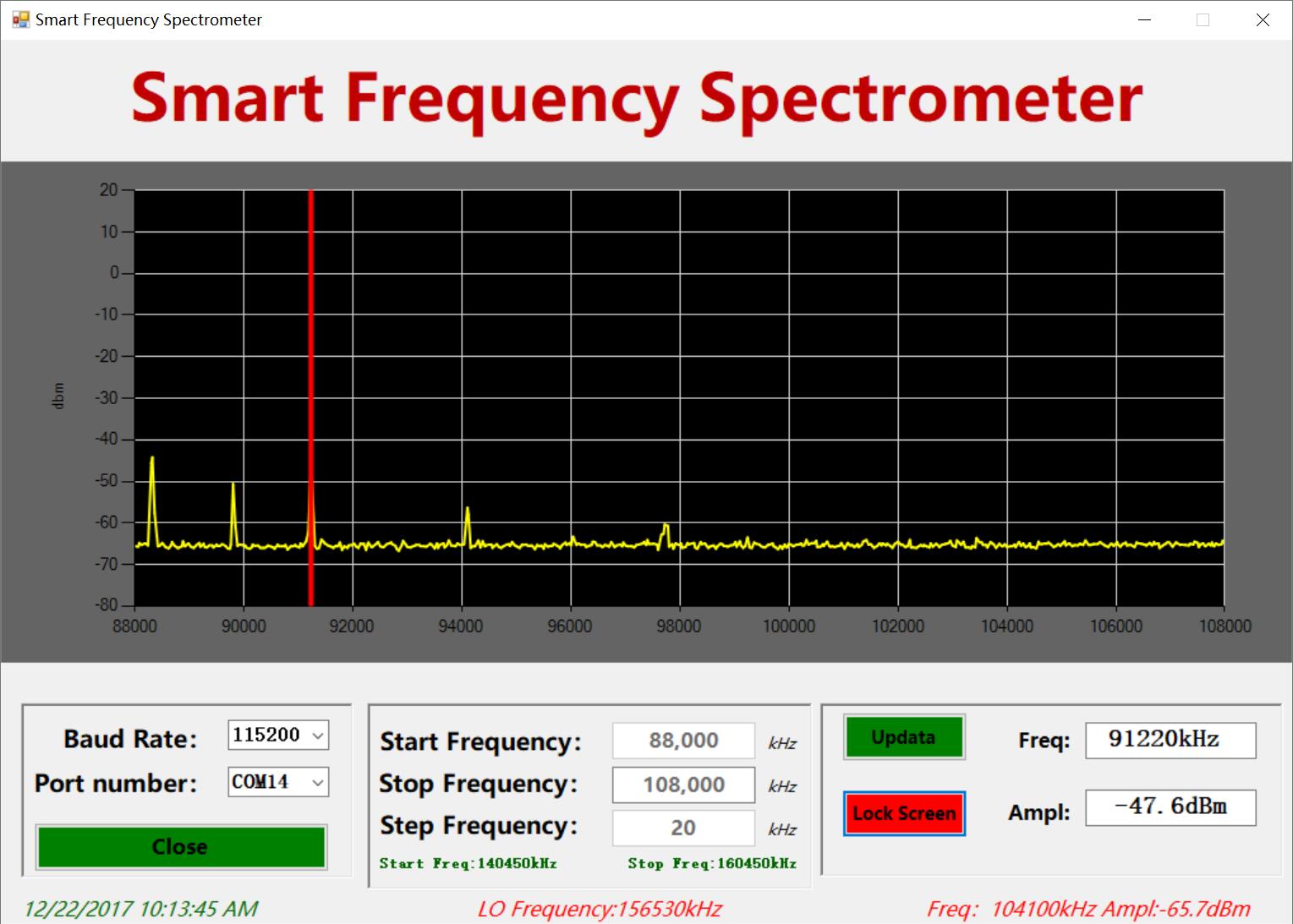
2Walkie talkie band (VHF:136-174MHZ UHF:400MHZ-480MHZ) measurement
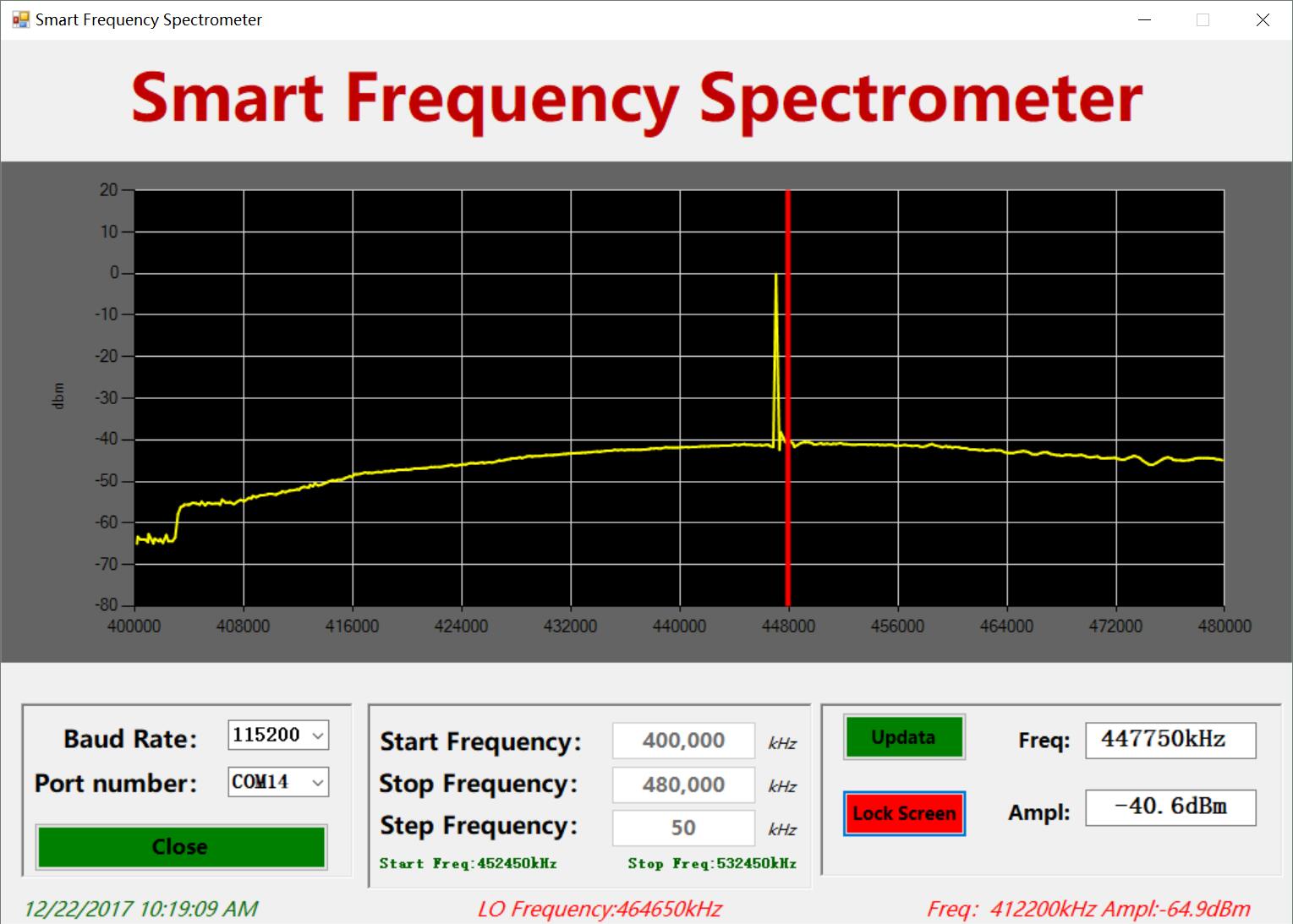
3Wireless remote control band (315MHZ/433.92MHZ) measurement
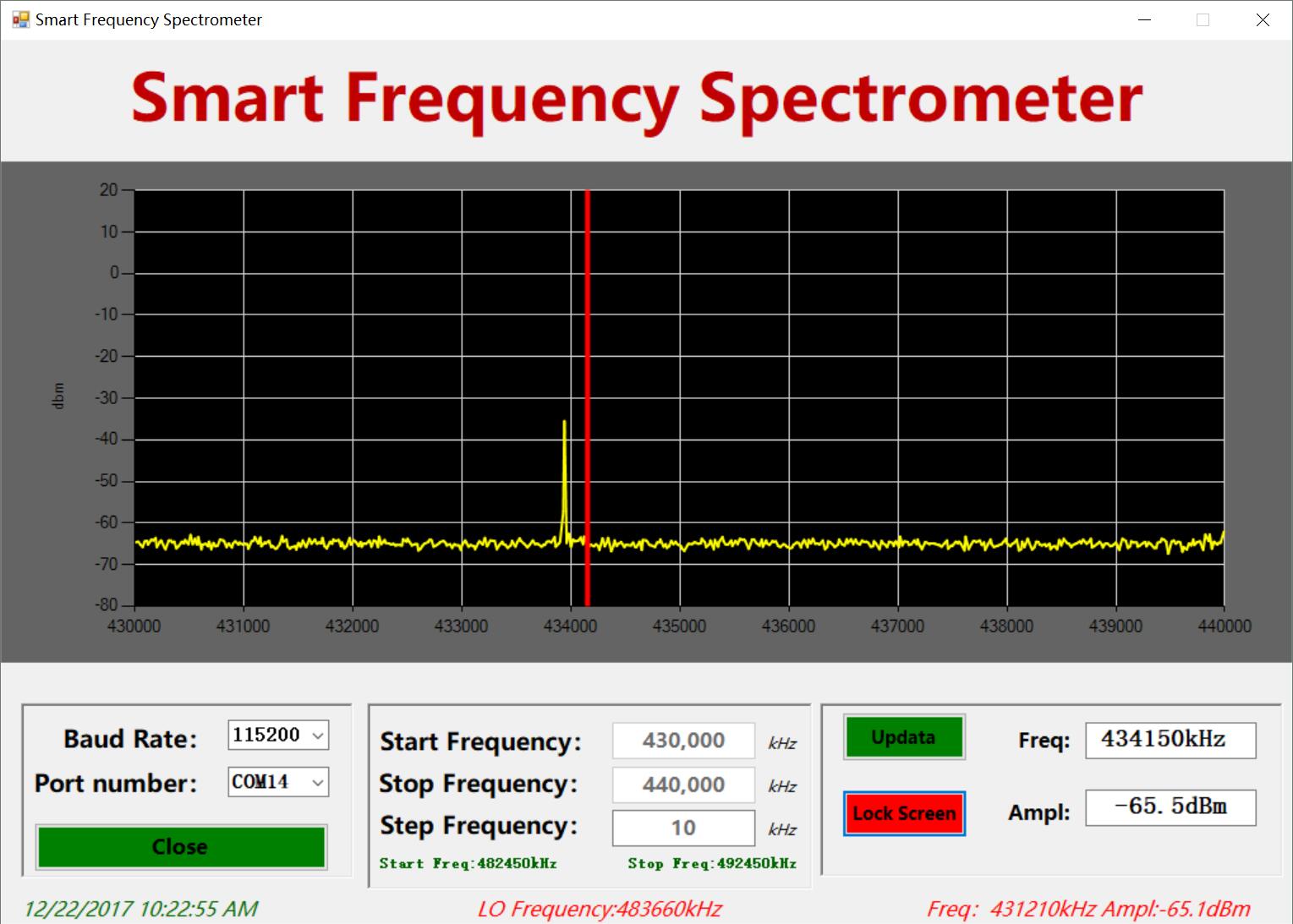
4,WiFi And Bluetooth band.2.4-2.45GHZ) measurement
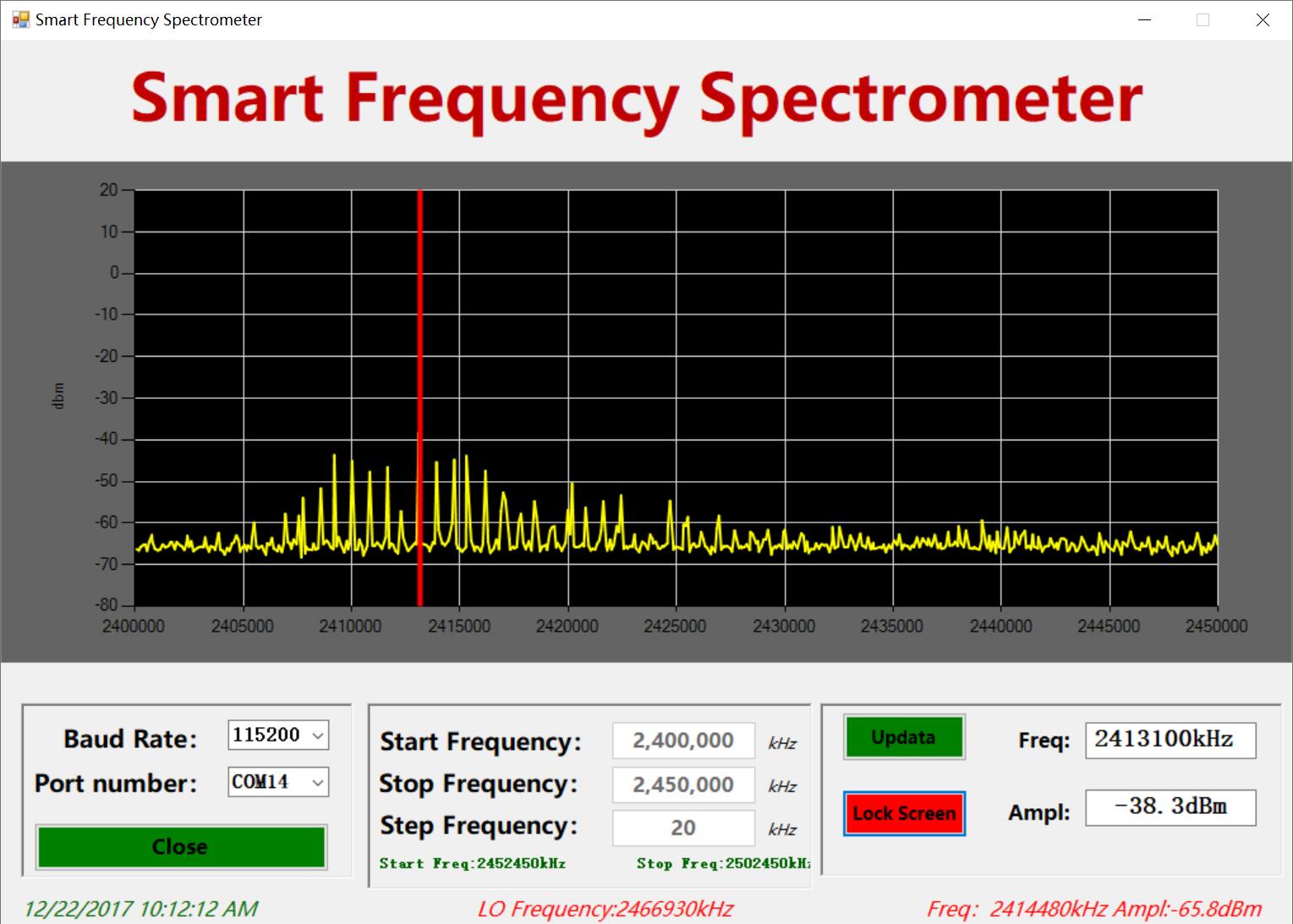
1Hardware physical map
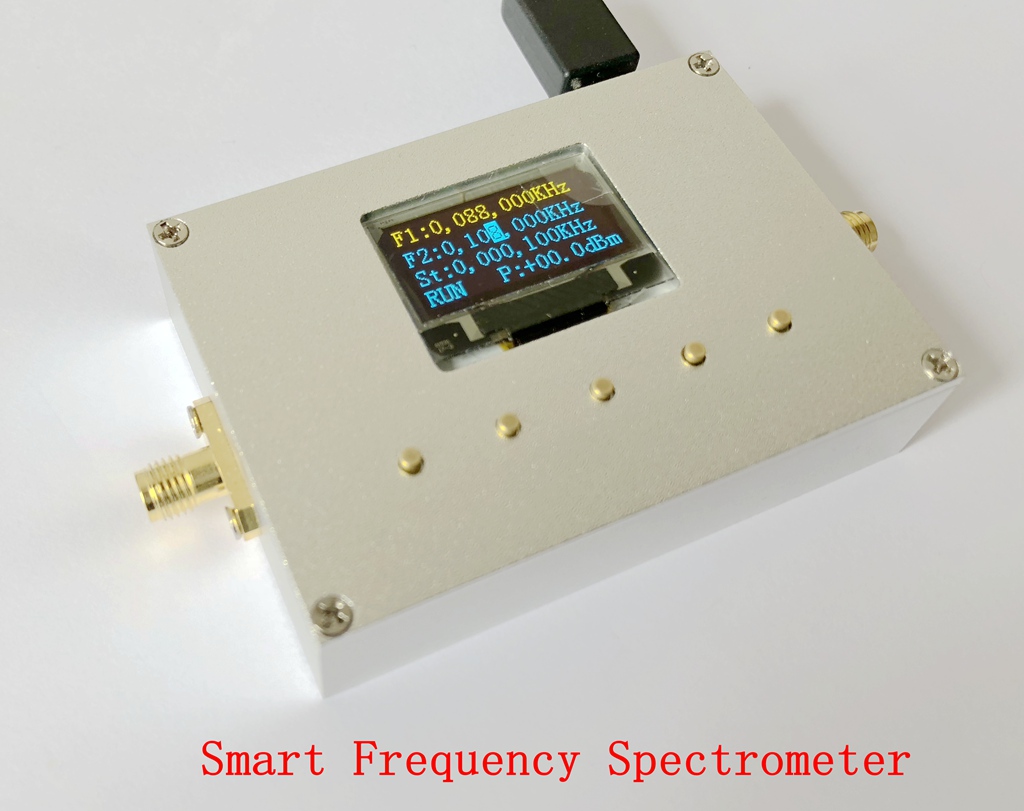
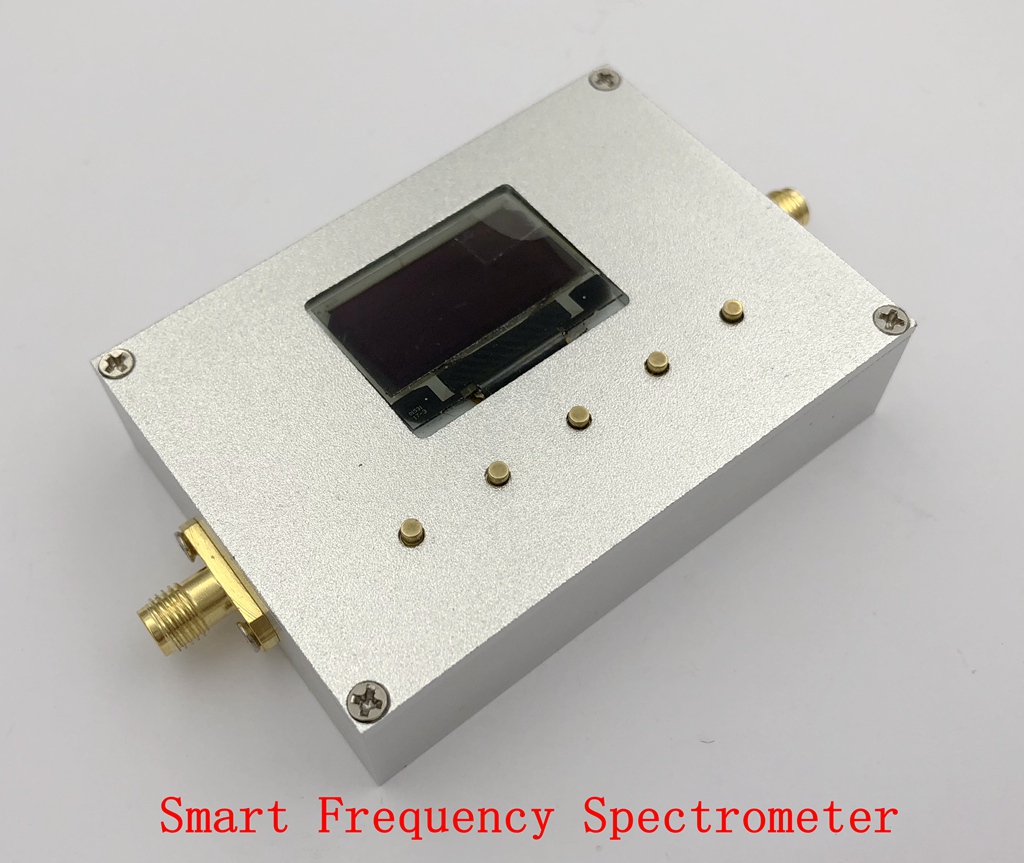
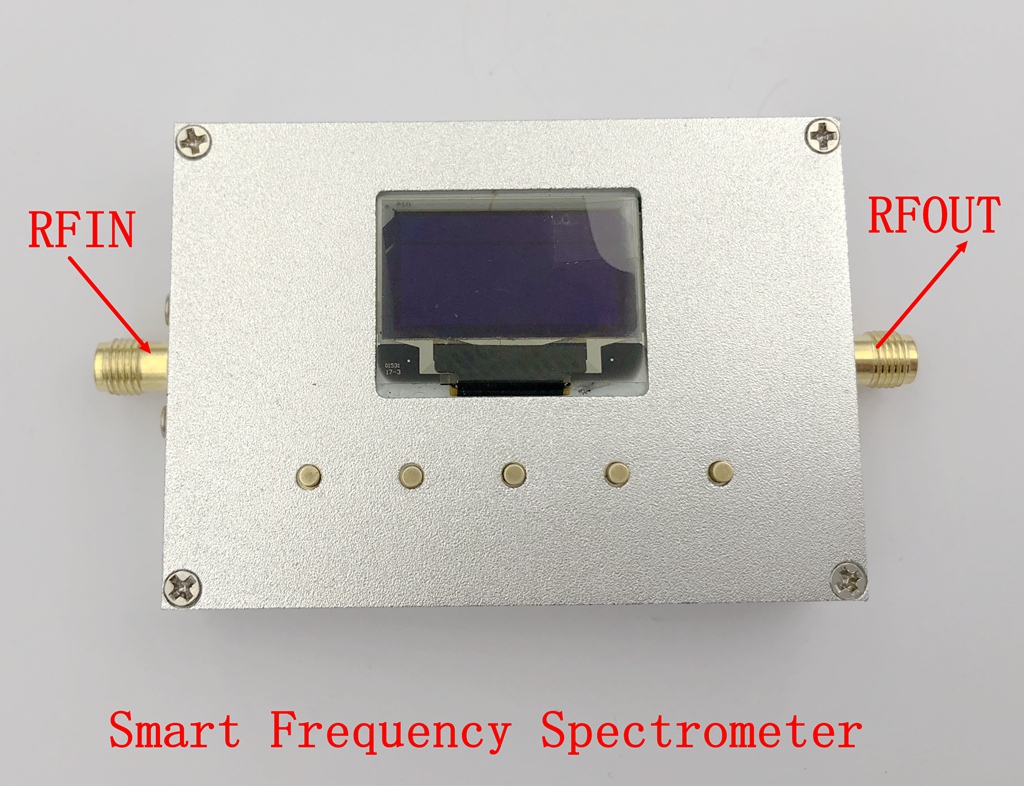
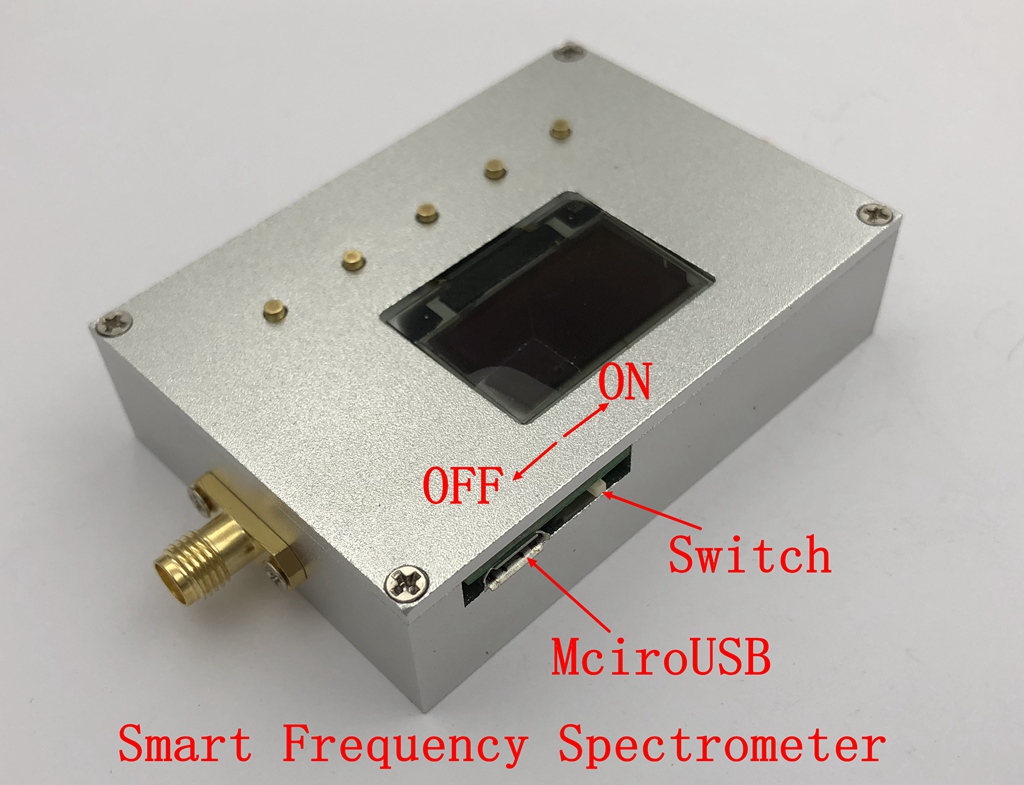
2 Hardware panel operation instructions
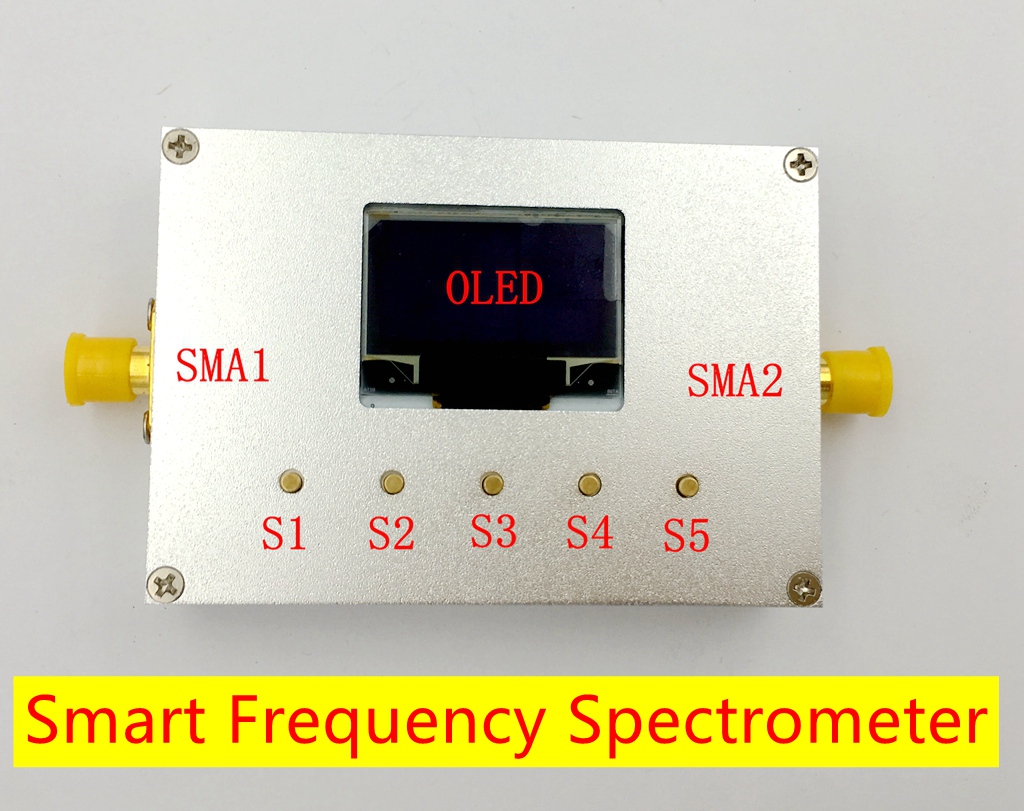
1. Power supply: Connect the power supply (computer) via micro-USB.
2, the power switch: next to the USB, the switch to the left to turn on the power, turn to the right to shut down.
3. Input: Connect the RF input signal through the SMA1 interface. SMA2 is a sweep local oscillator output signal, which can be used as a signal source.
4. Press the “OK S3” button to start the measurement, or press “Updata” through the host computer.
5,
Button S1 changes the position of the cursor (left shift)
Press button S5 to change the position of the cursor (shift right)
Press S2 to change the data of the cursor position plus
Press S4 to change the data of the cursor bit minus
After entering the system, the cursor indicates the selected digit. At this time, the up and down buttons can modify the value of the selected digit. When the cursor is at the last digit (or first digit) of the selected item, press the right button (or left button) to toggle the selected item. When the parameters are set, press the middle OK button to make the settings take effect.

